Why Blueberries Deserve a Spot in Your Garden
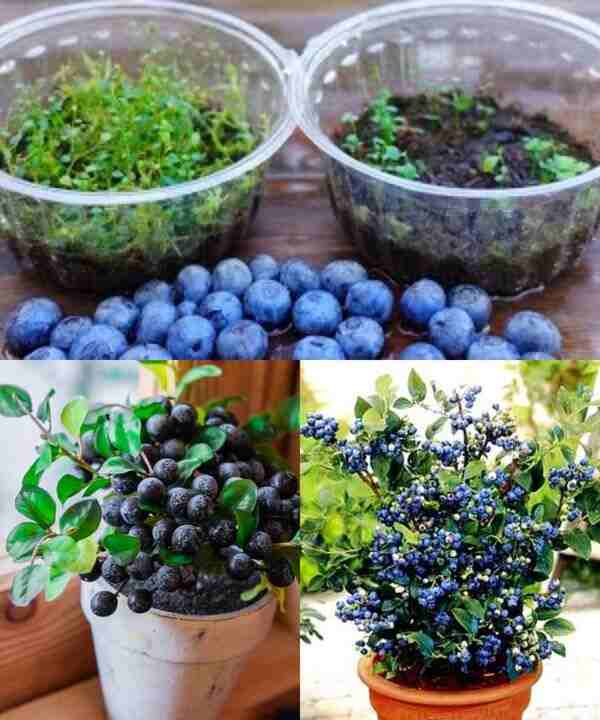
When most people picture a home garden, they think of tomatoes, herbs, or maybe a lemon tree. But if you want something rewarding and surprisingly low-maintenance, growing blueberries in your home garden is a choice you won’t regret.
These little berries are nutritional powerhouses, packed with antioxidants, Vitamin C, and fiber. Every handful is both sweet and a natural boost for your health.
The best part? Blueberries are perennial shrubs. Once established, they’ll keep producing year after year. With good care, some bushes stay productive for over 20 years — like having a fruit subscription straight from your backyard.
And don’t worry about space. Blueberries grow just as well in pots on a sunny balcony as they do in open soil, making them perfect for both city and suburban gardeners.
Tip: In the first two years, focus on strong roots, not heavy harvests. Be patient — the payoff is baskets of juicy berries for summers to come.
Choosing the Right Variety for Your Climate
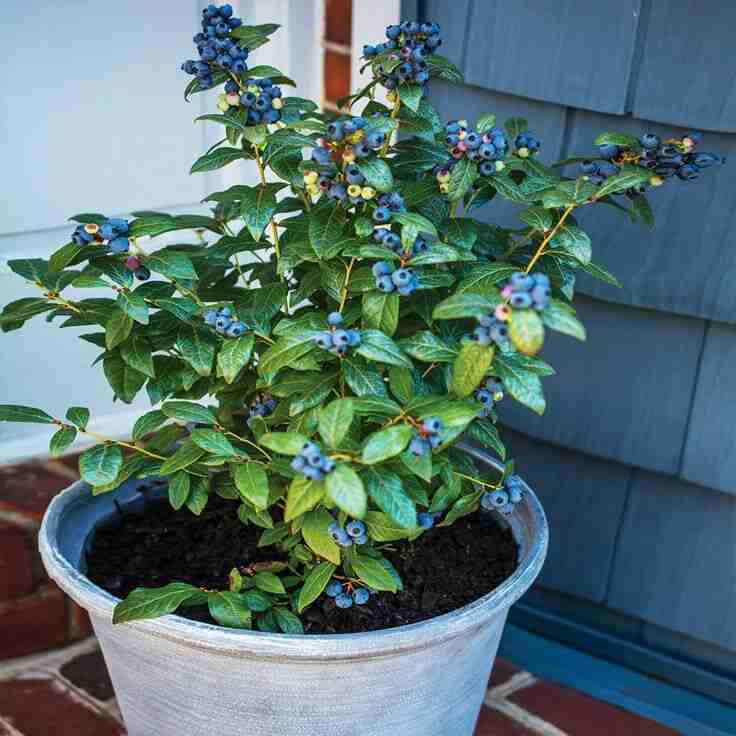
Before you buy, it helps to know which blueberry varieties for home gardeners suit your area best.
- Highbush Blueberries – Common in supermarkets and ideal for regions with cold winters.
- Rabbiteye Blueberries – Thrive in hot, humid climates and are perfect for southern gardens.
- Lowbush Blueberries – Compact and charming. Great in containers or as groundcover.
Trick: Don’t plant just one. Blueberries yield more — and taste sweeter — when different varieties cross-pollinate.
Soil Preparation – The Secret to Happy Blueberries
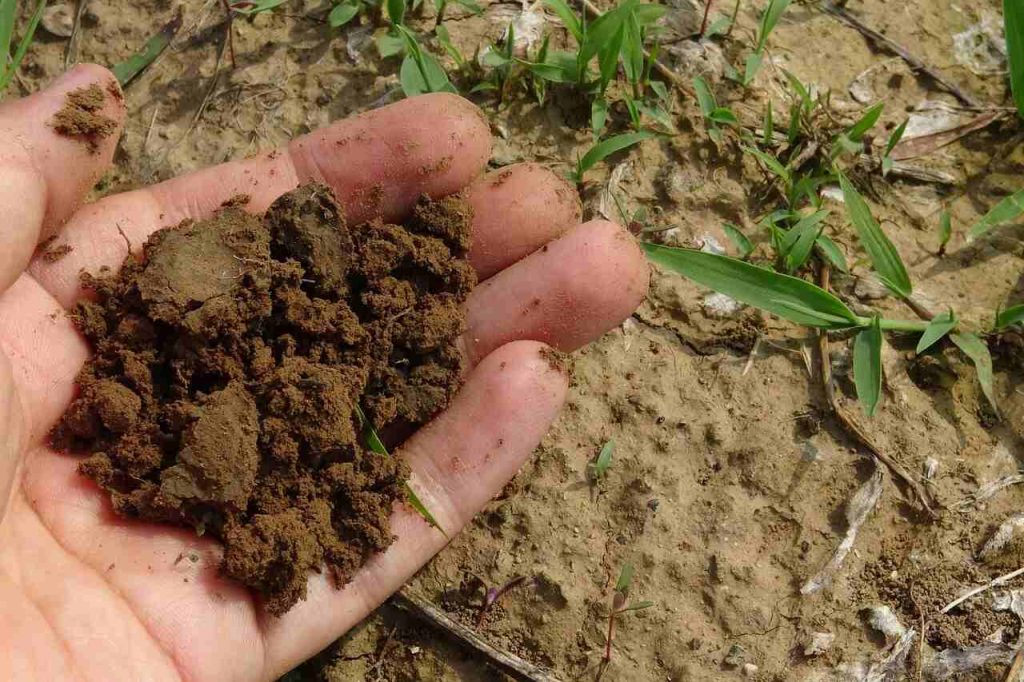
Blueberries are picky about soil. Their roots crave acidity, with the ideal blueberry soil pH requirement between 4.5 and 5.5.
To get there, mix in organic matter like peat moss, pine needles, or composted sawdust. This lowers pH, boosts fertility, and keeps the soil light and airy.
Heavy clay? Don’t struggle. Build raised beds or use large pots filled with a custom acidic mix for better drainage.
Pro Tip: Test your soil before planting. Adjusting pH afterward is much harder.
When and How to Plant Blueberries
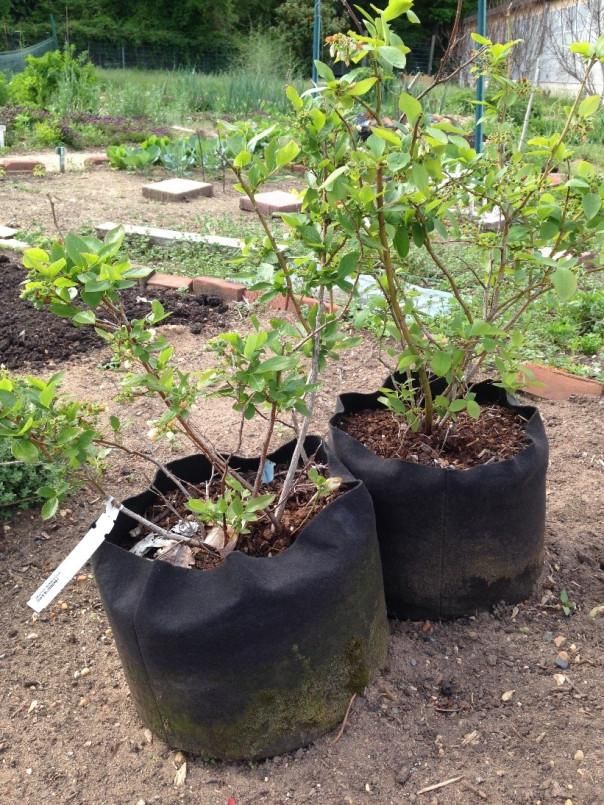
The best time to plant blueberries is early spring or fall, when cooler weather helps roots settle in. Many gardeners prefer fall because plants establish before the growing season begins.
Space bushes about 4–5 feet apart, with rows 6–8 feet apart. Place the root ball level with the soil surface, then backfill with your prepared acidic mix.
Top it off with mulch — pine bark, needles, or wood chips — to keep moisture steady and weeds down.
Tip: In year one, remove flowers. It feels tough, but it helps the plant focus on roots and rewards you with better harvests later.
Watering and Feeding Your Blueberry Bushes
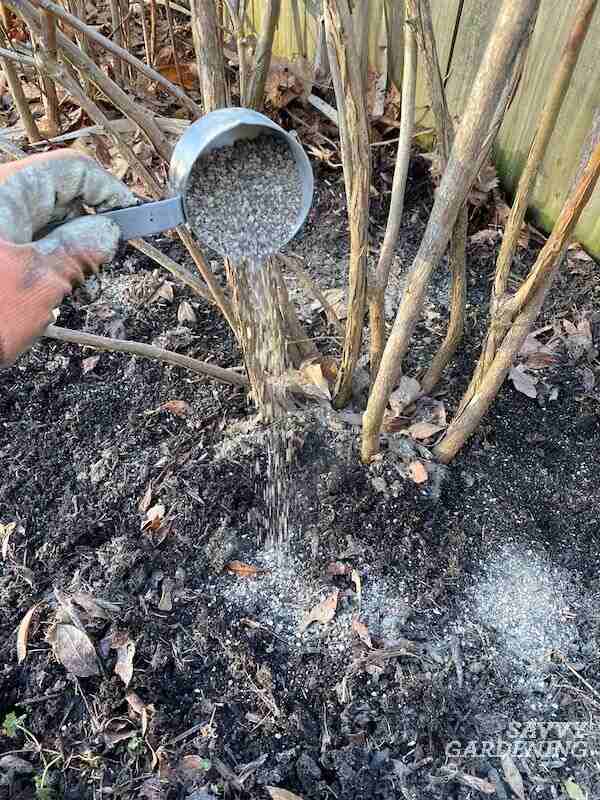
Consistency is everything. Blueberries dislike extremes — too dry and they droop, too wet and roots may rot. Aim for 1–2 inches of water weekly, through rain or drip irrigation.
Avoid overhead sprinklers; wet leaves encourage fungal issues. A soaker hose or drip system is safer.
For feeding, go easy. Use a slow-release fertilizer made for acid-loving plants like azaleas. Apply lightly in spring, and again mid-summer if needed.
Trick: Think of the soil like a wrung-out sponge — moist but never soggy.
Caring for Blueberries – Pruning, Mulching & Protection
Blueberries aren’t demanding, but a little routine care keeps them productive.
- Pruning: Do this in late winter. Cut older, weaker wood to make room for new growth. Keep pruning light in the first two years; save bigger cuts for year three onward.
- Mulching: Spread 2–3 inches of pine mulch, needles, or wood chips around the base. This holds moisture, keeps weeds away, and maintains acidity.
- Protection: Birds love blueberries too. Use netting or simple cages to guard your harvest.
Harvesting Blueberries at the Right Time

The best sign of when to harvest blueberries fully ripe is their color. Wait until berries turn a deep, even blue with no hint of red or purple.
Ripe berries roll off the stem with a gentle touch. If they resist, they’re not ready. During peak season, check daily — a few minutes of picking adds up quickly.
Trick: Let berries sit on the bush for 3–4 days after turning blue. That extra sun time makes them noticeably sweeter.
Growing Blueberries in Containers
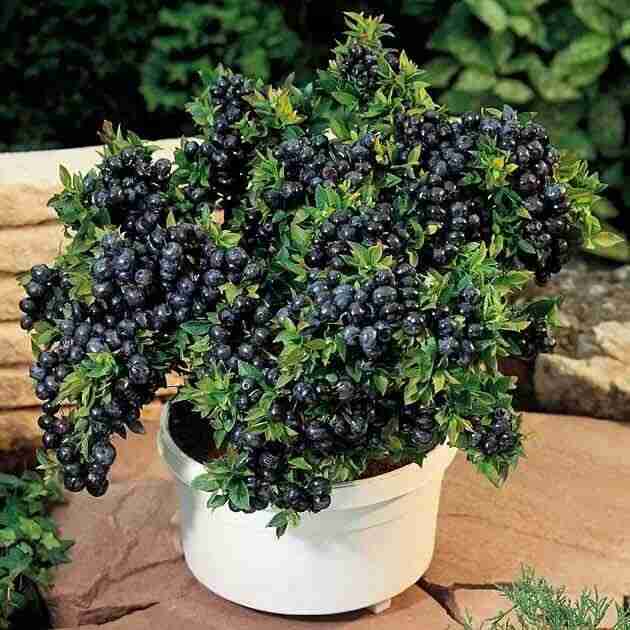
No backyard? No problem. Learning how to grow blueberries in containers lets you enjoy fresh fruit on patios and balconies.
Use a pot at least 18–20 inches wide, and pick dwarf or lowbush varieties. Fill with a light, acidic mix of peat moss, pine bark, and perlite.
Tip: Containers dry out faster than garden beds. In summer, check soil daily and water more often.
Container-grown blueberries not only feed you but also add a touch of beauty to your outdoor space.
Common Mistakes to Avoid
To avoid mistakes when growing blueberries, watch out for these pitfalls:
- Planting in neutral or alkaline soil without adjusting pH.
- Overwatering with sprinklers, which can invite fungal problems.
- Sticking with a single variety, which limits yields.
- Skipping mulch, leaving soil dry and weedy.
Trick: Companion plants like azaleas and rhododendrons thrive in the same acidic soil and look beautiful alongside blueberries.
Final Thoughts
Blueberries reward patience. The first few years are about roots, but by year three or four you’ll enjoy generous harvests that return every summer. With the right soil and care, your shrubs can keep producing for decades.
Whether you start with a single pot on the balcony or dream of a hedge in the backyard, learning how to grow blueberries at home is one of the most satisfying gardening projects. For anyone building a personal blueberry planting guide, the process is as rewarding as the harvest.
So take the plunge — your future self (and your taste buds) will thank you.

